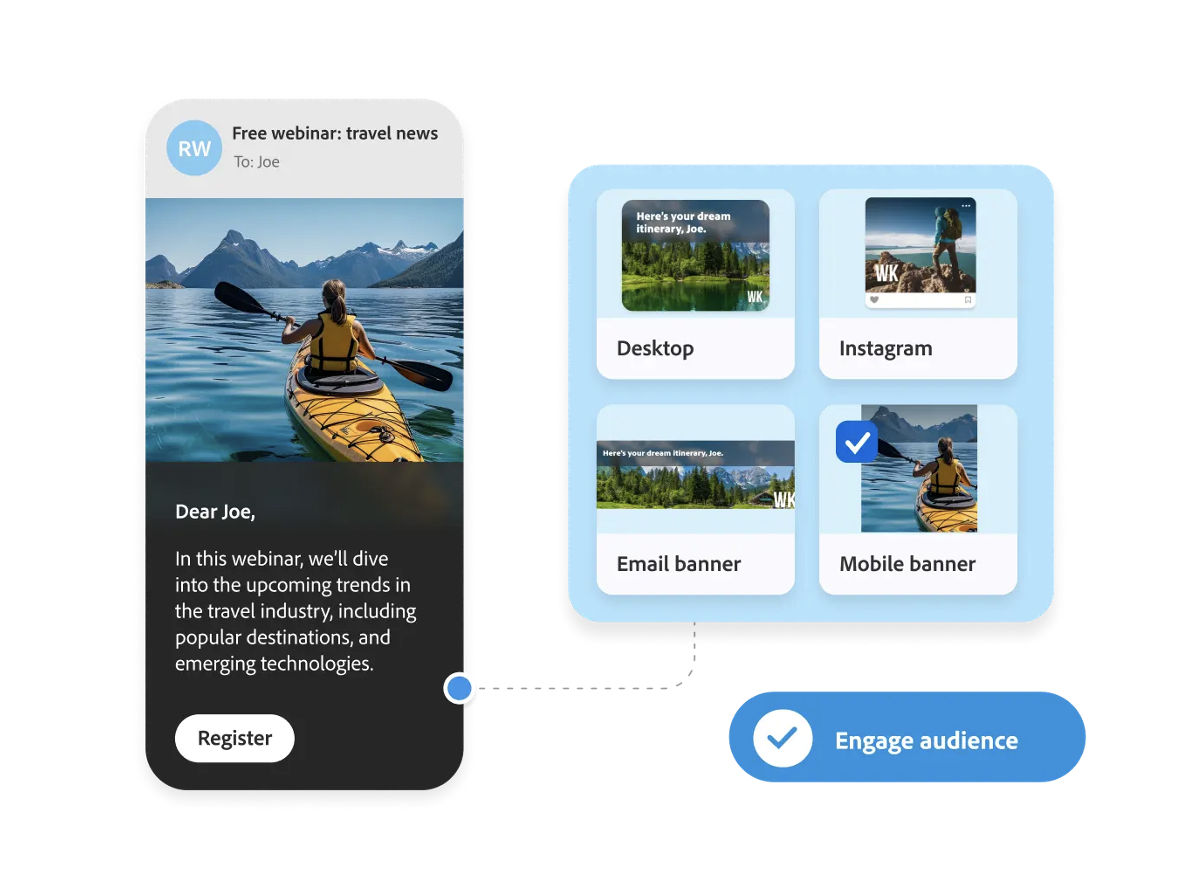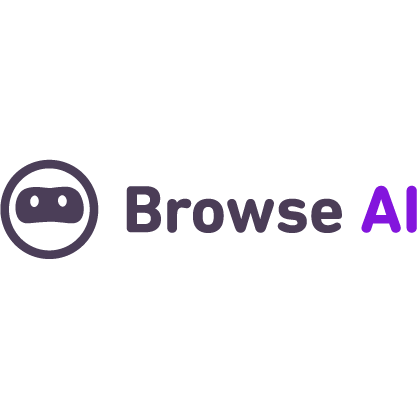Alternatives to Bright Data
1. Adobe Analytics (Experience Cloud)
+Pros
- Advanced attribution modeling capabilities with 9+ customizable attribution models.
- Adobe Sensei AI integration delivers anomaly detection, propensity scoring, and algorithmic attribution.
- Ecosystem integration advantages create unified customer data workflows within the Adobe Experience Cloud.
-Cons
- Implementation complexity requires substantial technical resources and extended deployment timelines.
- Mixed AI performance reveals 8% higher engagement but 9% lower conversion rates compared to non-AI traffic.
- Cost barriers include pricing ranging from $48,000 to over $350,000 annually.
One highlighted feature and why it's amazing
Adobe Analytics offers 9+ customizable attribution models compared to Google Analytics 4's 6 fixed options.

Another highlighted feature of why it’s amazing
Provides anomaly detection, propensity scoring, and algorithmic attribution capabilities.
2. Amplitude
+Pros
- Sophisticated behavioral analytics capabilities that outperform traditional rule-based approaches .
- Real-time experimentation features deploy changes through feature flags without developer dependency .
- Documented customer success with conversion improvements ranging from 9-46% .
-Cons
- Significant implementation complexity requiring dedicated technical teams .
- Non-technical users frequently describe chart customization as challenging .
- Minimum annual commitments exceeding $50,000 for advanced features .
One highlighted feature and why it's amazing
Amplitude's core product capabilities center on behavioral event tracking combined with AI-driven predictive analytics, creating a comprehensive platform for customer journey optimization .

Another highlighted feature of why it’s amazing
AI automation features represent a significant differentiator, designed to detect friction points, run experiments, and deploy optimization solutions with reduced manual intervention .
3. Browse AI
+Pros
- Layout-change adaptation technology maintains data extraction accuracy despite website modifications.
- No-code approach makes sophisticated data extraction accessible to SMB ecommerce businesses without technical expertise.
- Prebuilt robots for common ecommerce tasks reduce implementation complexity.
-Cons
- Potential task failures on JavaScript-heavy websites.
- Focus primarily on SMB markets may limit scalability for enterprise-scale operations.
One highlighted feature and why it's amazing
Browse AI's primary capabilities center on no-code web data extraction through point-and-click robot creation.

Another highlighted feature of why it’s amazing
The platform's core AI innovation is layout-change adaptation technology that maintains data extraction accuracy when target websites modify their structure.
Other Alternatives
Google Analytics 4
Klaviyo
Mixpanel
Segment
How We Researched This Guide
About This Guide: This comprehensive analysis is based on extensive competitive intelligence and real-world implementation data from leading AI vendors. StayModern updates this guide quarterly to reflect market developments and vendor performance changes.
210+ verified sources per analysis including official documentation, customer reviews, analyst reports, and industry publications.
- • Vendor documentation & whitepapers
- • Customer testimonials & case studies
- • Third-party analyst assessments
- • Industry benchmarking reports
Standardized assessment framework across 8 key dimensions for objective comparison.
- • Technology capabilities & architecture
- • Market position & customer evidence
- • Implementation experience & support
- • Pricing value & competitive position
Research is refreshed every 90 days to capture market changes and new vendor capabilities.
- • New product releases & features
- • Market positioning changes
- • Customer feedback integration
- • Competitive landscape shifts
Every claim is source-linked with direct citations to original materials for verification.
- • Clickable citation links
- • Original source attribution
- • Date stamps for currency
- • Quality score validation
Analysis follows systematic research protocols with consistent evaluation frameworks.
- • Standardized assessment criteria
- • Multi-source verification process
- • Consistent evaluation methodology
- • Quality assurance protocols
Buyer-focused analysis with transparent methodology and factual accuracy commitment.
- • Objective comparative analysis
- • Transparent research methodology
- • Factual accuracy commitment
- • Continuous quality improvement
Quality Commitment: If you find any inaccuracies in our analysis on this page, please contact us at research@staymodern.ai. We're committed to maintaining the highest standards of research integrity and will investigate and correct any issues promptly.